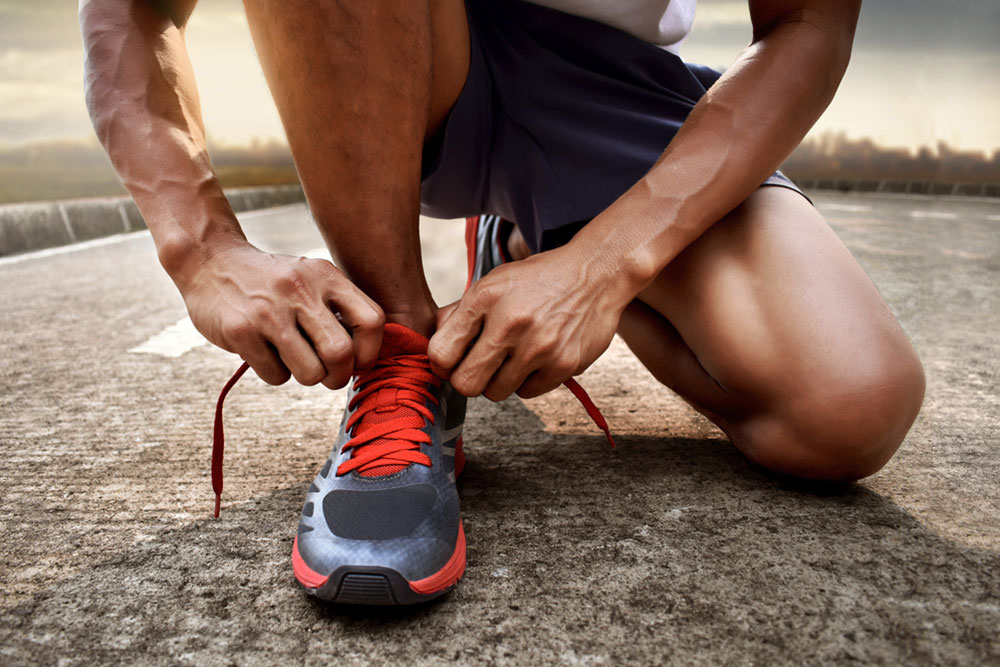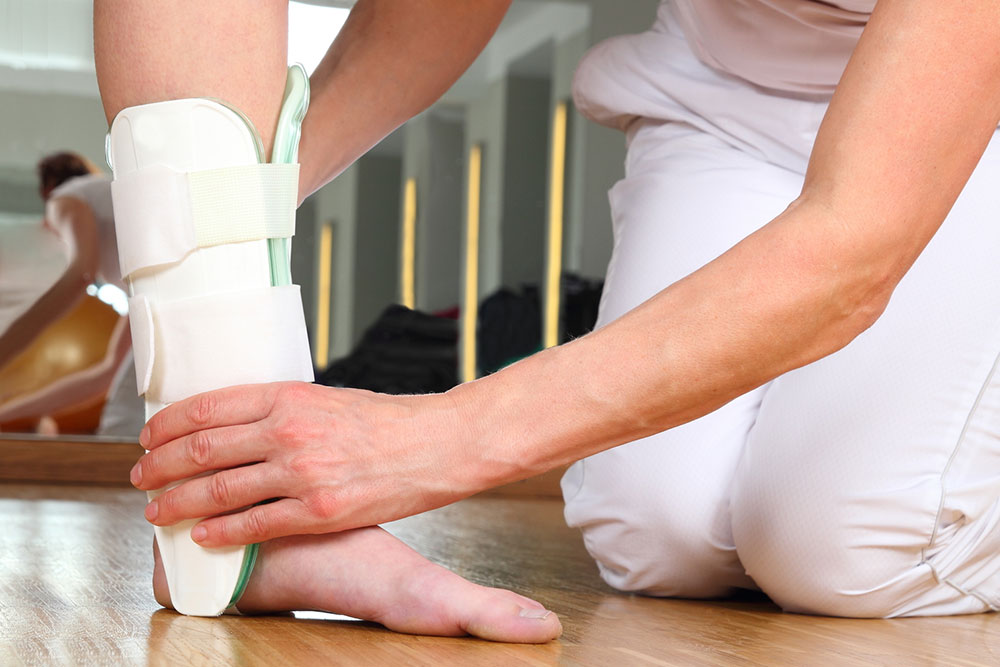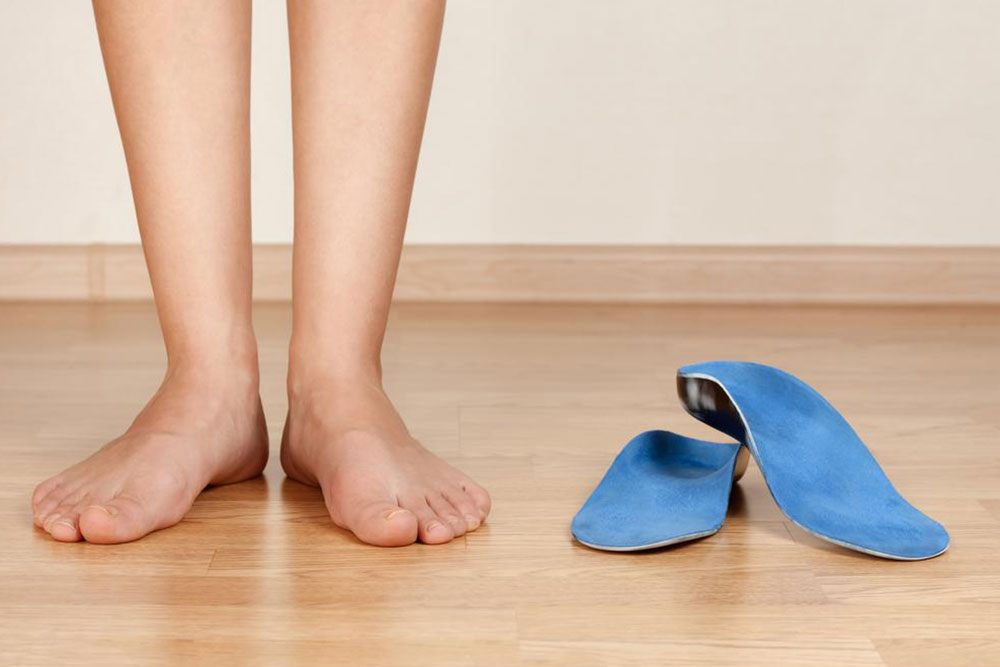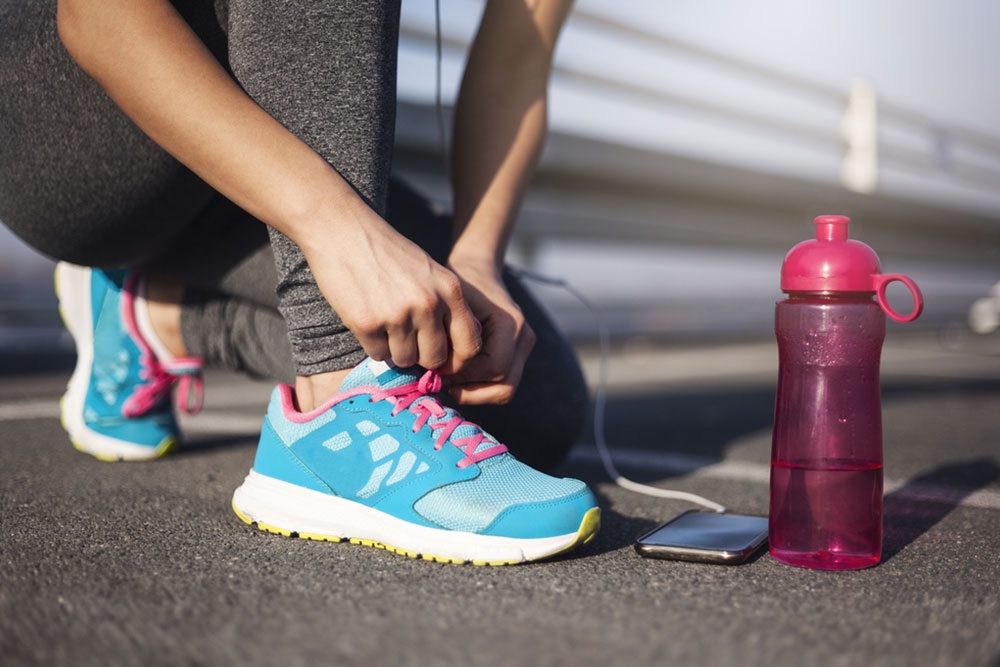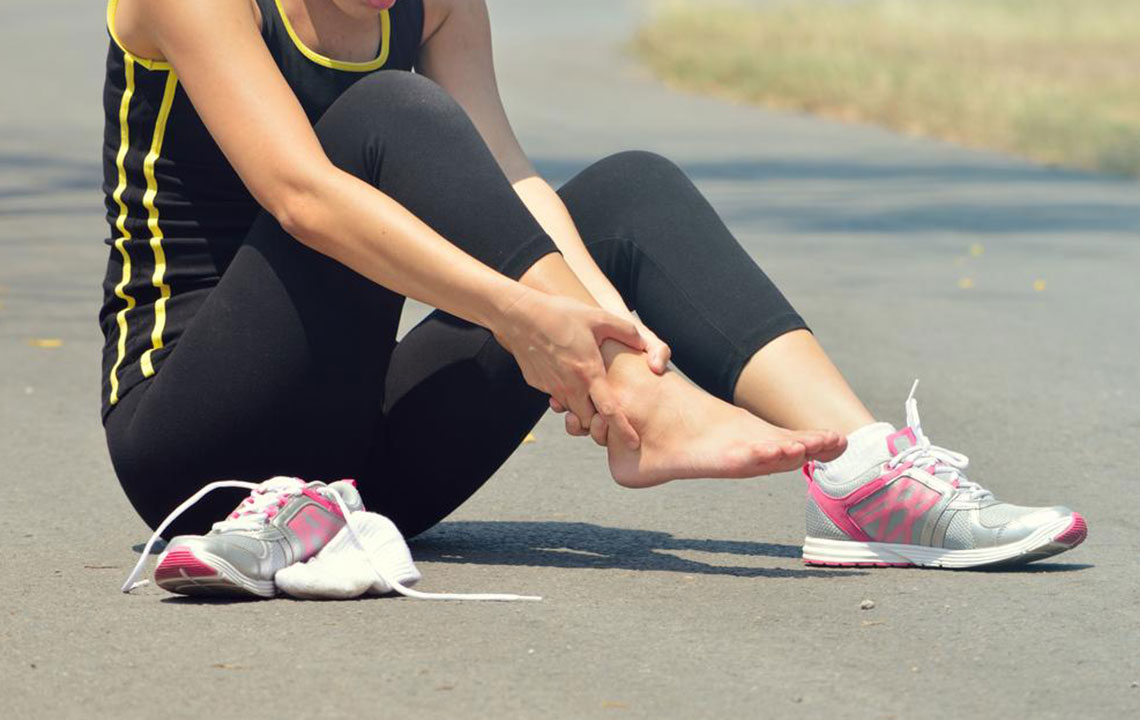Essential Guide to Choosing Proper Footwear for Bunion Relief
Learn essential tips for selecting the right footwear to manage bunions effectively. This guide emphasizes comfort, support, and proper fit to prevent worsening deformities and alleviate pain. Discover advice on shoe features, modifications, and accessories that promote better foot health and improve mobility. Consult healthcare professionals to customize your bunion treatment with suitable shoes and orthotics for long-term relief and prevention of complications.
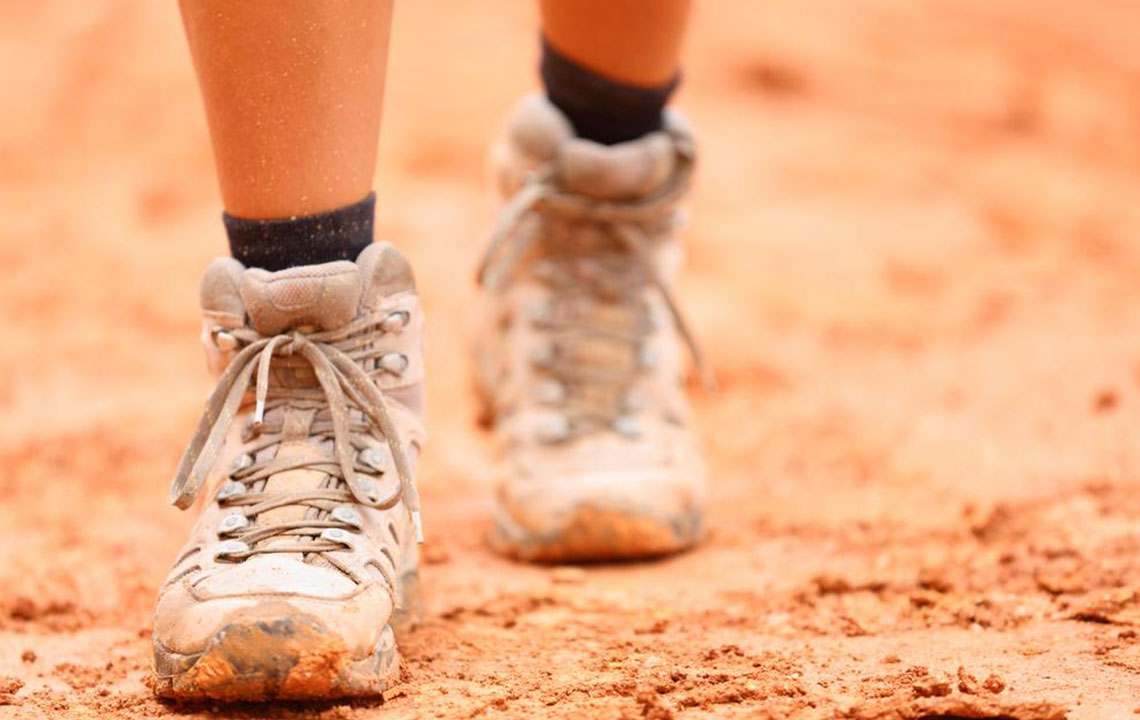
Essential Guide to Choosing Proper Footwear for Bunion Relief
Developing bunions, characterized by painful bumps on the big toe joint, can significantly impair mobility. These discomforts often result from wearing tight, pointed, or narrow shoes over extended periods. In some cases, bunions also affect adjacent toes, causing stiffness and further deformity if left unaddressed. Choosing appropriate shoes is crucial to prevent progression and alleviate pain. Proper footwear can help reduce pressure, provide comfort, and support proper foot alignment, thus preventing severe deformities and enhancing daily activity.
Managing bunion pain effectively involves both medication and thoughtful footwear choices. Patients should opt for shoes that offer ample space for toe movement and are low-heeled to avoid unnecessary pressure. Opting for shoes with added depth helps accommodate corns or calluses comfortably. For severe deformities, custom-made footwear or modifications like wide shoes with stretchers or orthotics are recommended. It’s essential to select footwear based on professional advice, typically from a podiatrist or orthopedist, to ensure the best fit and support.
Key features of suitable shoes include wide toe boxes, soft cushioning, and adjustable straps or laces for a customized fit. Avoid synthetic materials; instead, choose flexible options like leather or canvas. Complement footwear with loose cotton socks and consider using gel pads or orthotics for added comfort, especially during long standing hours. Using toe spacers and arch supports can also help correct flat feet and improve foot stability. Prioritizing function over fashion ensures protection against worsening bunion deformity and promotes overall foot health.
When selecting shoes, avoid shopping early in the day when feet may be swollen. Ensure the shoes do not irritate or press on the bunion, and verify the fit in the evening when swelling peaks. Proper footwear, combined with supportive accessories like orthotics, toe spacers, and cushioned pads, can substantially ease bunion symptoms. Regular consultation with healthcare professionals helps identify the best footwear options tailored to your foot structure, ensuring effective bunion management and preventing complications.

